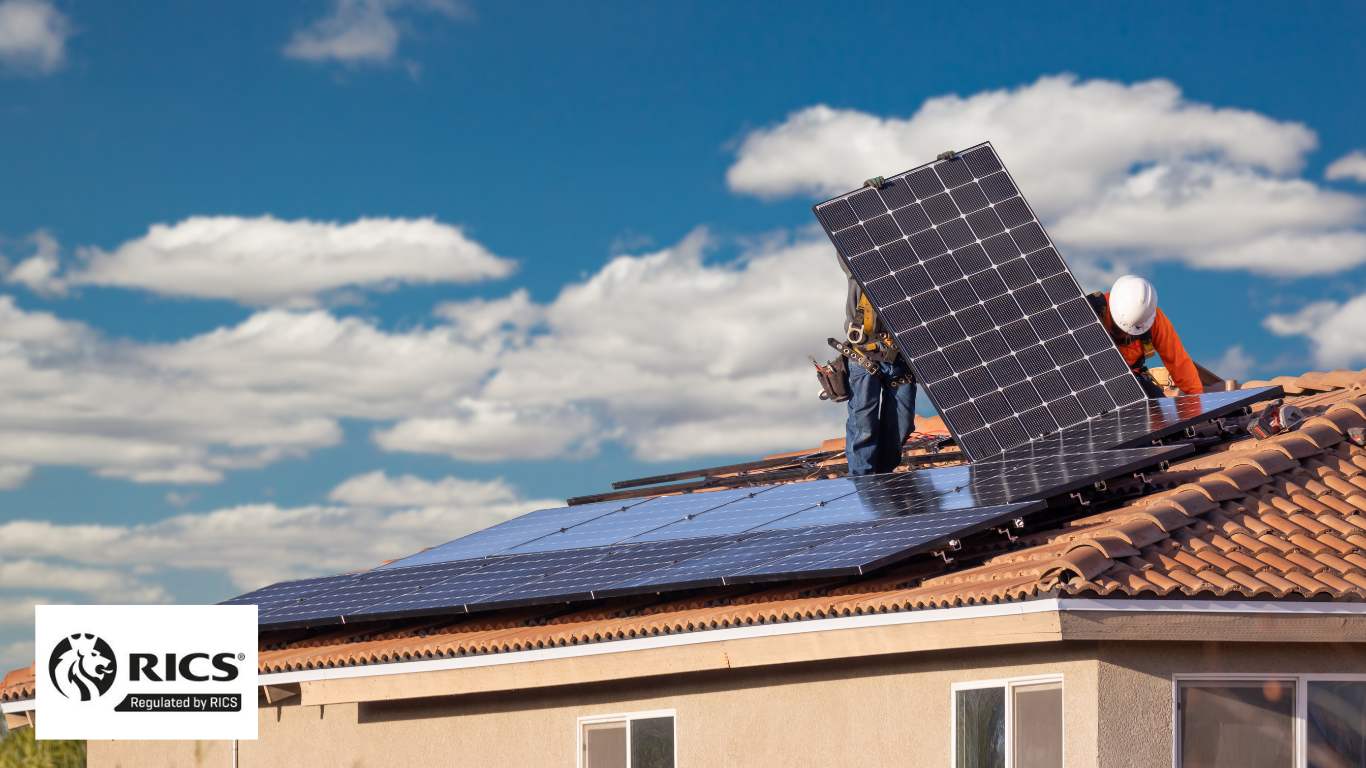
As we approach October 31st, 2024, the Royal Institution of Chartered Surveyors (RICS) will implement its Retrofit Standards, marking a significant shift in how we approach building renovations and energy efficiency in the UK. This blog delves into what these standards entail, why they are necessary, and how they will impact various stakeholders in the construction and real estate industries.
What Are the RICS Retrofit Standards?
The RICS Retrofit Standards provide a comprehensive framework aimed at improving the energy performance of existing buildings. They outline best practices for retrofitting—enhancing buildings to reduce energy consumption, lower carbon emissions, and improve overall occupant comfort. The standards focus on various aspects, including energy efficiency, sustainability, health and wellbeing, and regulatory compliance.
The Importance of Retrofit Standards
Addressing Climate Change: Buildings are significant contributors to carbon emissions. The RICS Retrofit Standards aim to mitigate this impact by encouraging energy-efficient practices and technologies.
Improving Energy Performance: With rising energy costs, improving a building’s energy efficiency is crucial for reducing operational expenses. The standards help ensure that renovations lead to measurable improvements in energy use.
Enhancing Property Value: Properties that meet these standards are likely to be more attractive to buyers and tenants, as they promise lower running costs and a commitment to sustainability.
Health and Wellbeing: Retrofitting is not just about energy efficiency; it also encompasses improvements in indoor air quality, natural light, and overall living conditions. The standards encourage approaches that promote healthier environments.
Key Features of the RICS Retrofit Standards
Assessment and Planning: The standards emphasize thorough assessments of existing buildings to identify areas for improvement. This includes energy audits and understanding the current condition of a property.
Sustainable Materials and Practices: The standards advocate for the use of sustainable materials and construction practices to minimize environmental impact throughout the retrofit process.
Regulatory Compliance: Adhering to the Retrofit Standards ensures that renovations meet local building regulations and environmental legislation, reducing the risk of non-compliance.
Performance Monitoring: Implementing robust monitoring systems to evaluate the performance of retrofitted buildings is a key aspect. This ensures that energy savings and other benefits are realized post-retrofit.
Implications for Stakeholders
For Property Owners: Understanding and adhering to these standards can enhance property value and reduce operational costs. It also positions owners as responsible stewards of the environment.
For Contractors and Builders: The standards will guide best practices in retrofit projects, helping contractors deliver quality work that meets the evolving expectations of clients and regulatory bodies.
For Surveyors and Consultants: Professionals in the construction and real estate sectors will play a crucial role in navigating the new standards, providing expertise in assessment, planning, and execution of retrofit projects.
For Tenants and Occupants: Improved energy efficiency and indoor environmental quality will directly benefit tenants, leading to enhanced comfort and reduced energy bills.
Preparing for the Transition
As the implementation date approaches, stakeholders should start familiarizing themselves with the Retrofit Standards. Training sessions, workshops, and informational resources will be vital in ensuring that everyone involved understands the expectations and requirements.
Conclusion
The RICS Retrofit Standards represent a pivotal step toward a more sustainable built environment. As we move closer to October 31st, 2024, it is essential for all industry players to engage with these standards proactively. By doing so, we can collectively contribute to a greener future, improve our built heritage, and enhance the quality of life for occupants across the UK.

















 Book a Demo
Book a Demo